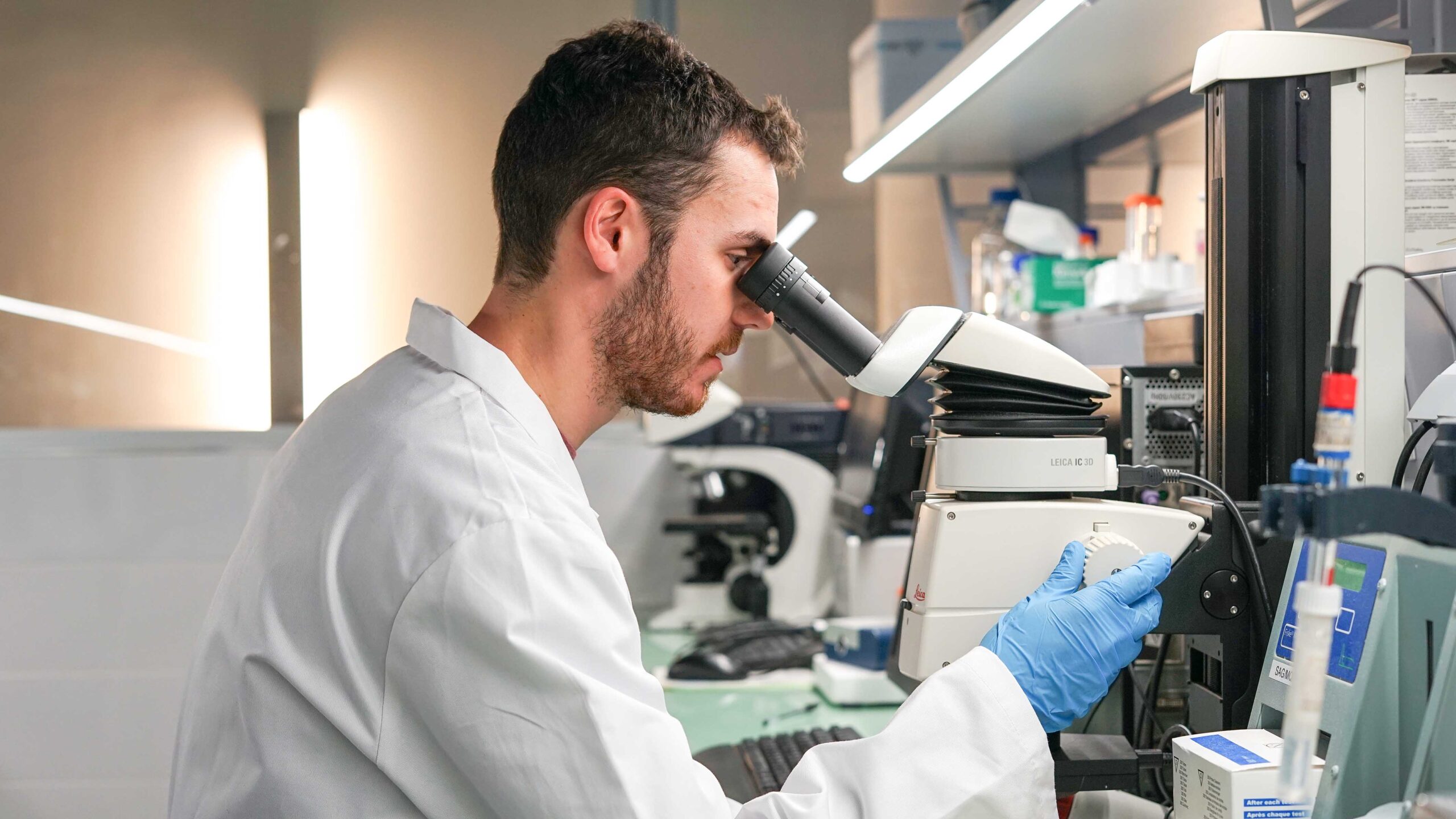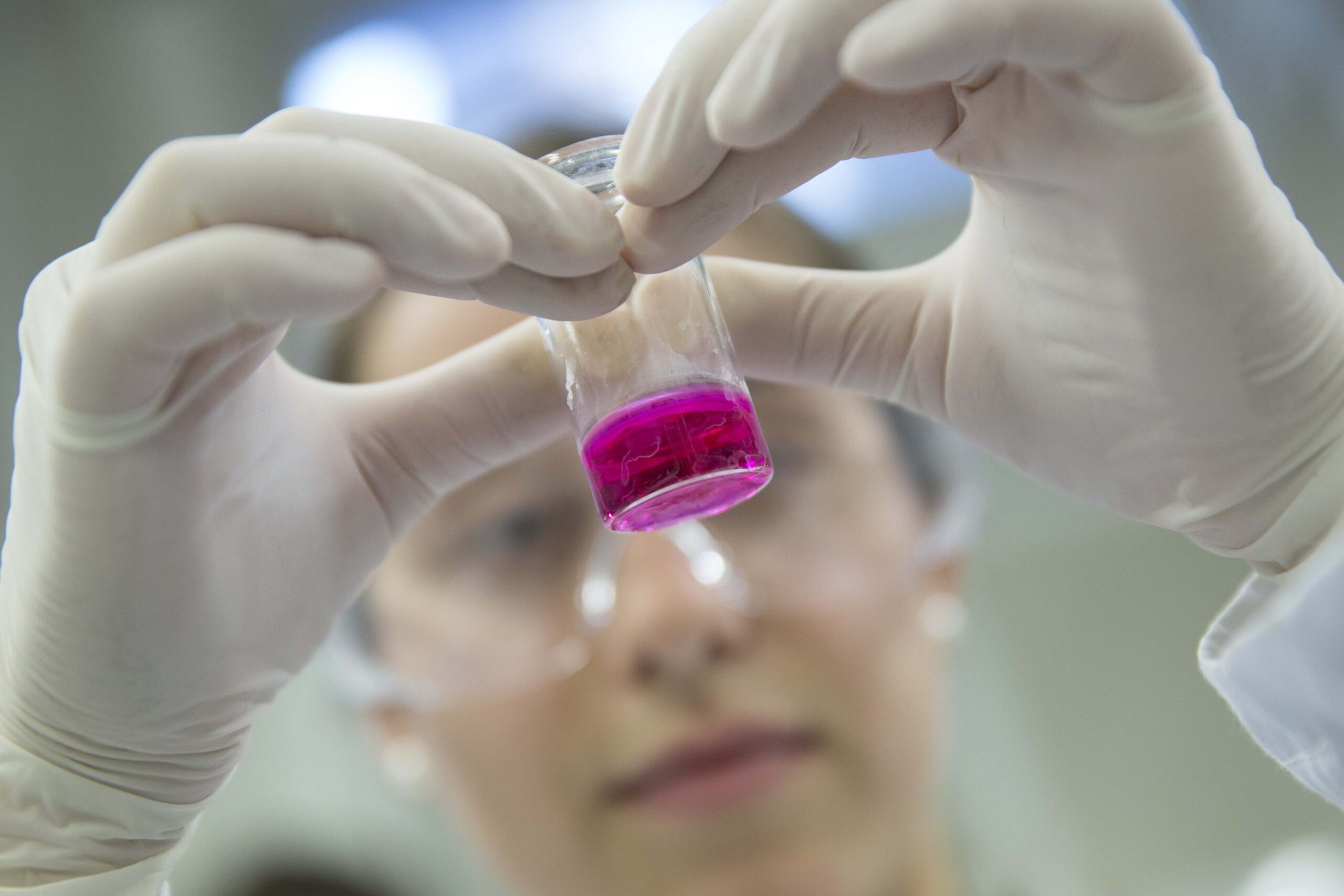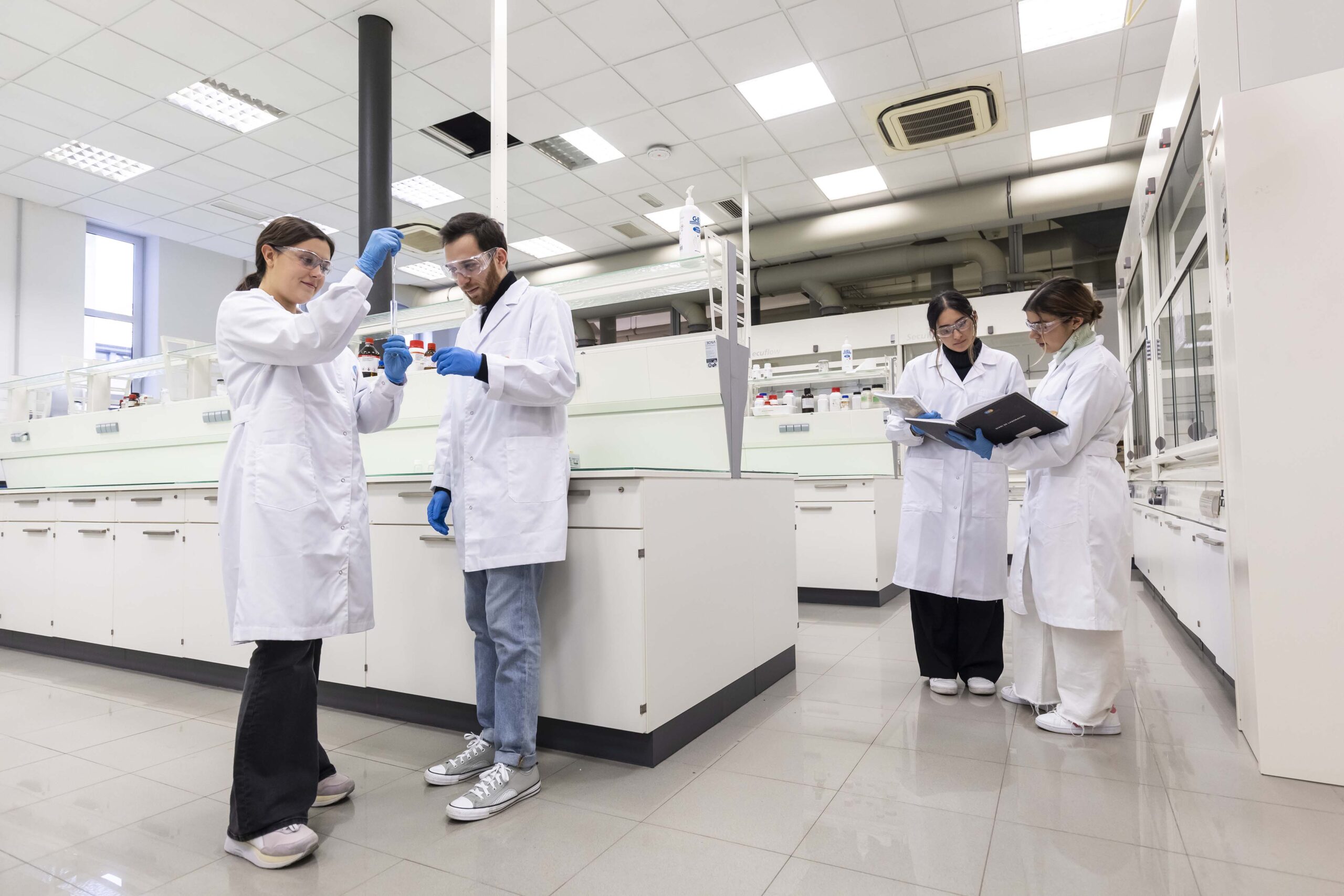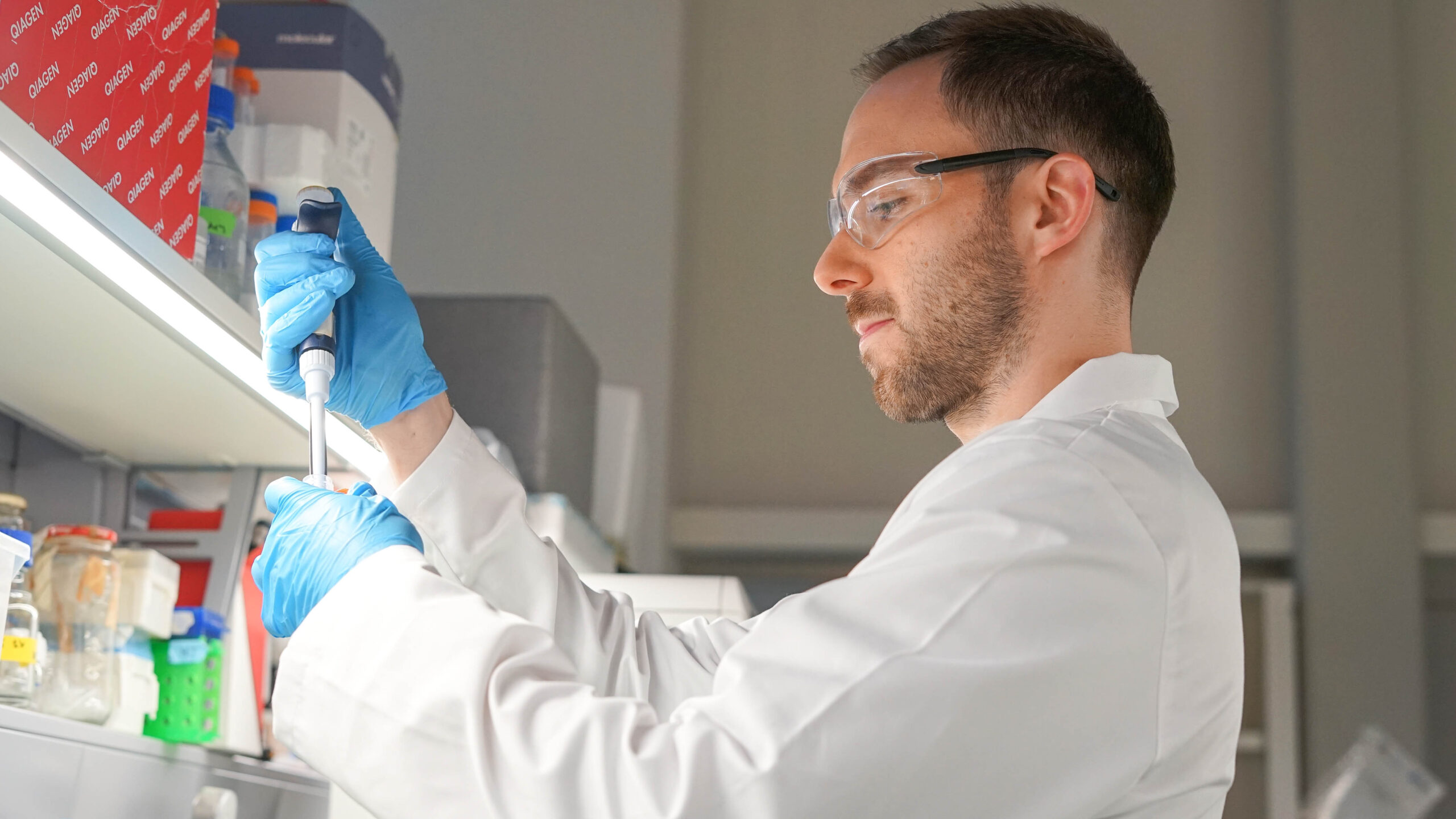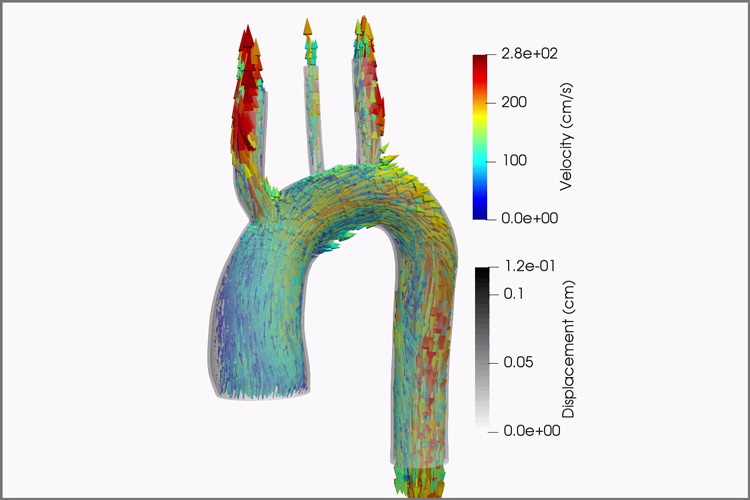IQS researchers have developed a computational model to replicate the fluid dynamics of the thoracic aorta artery, to improve the diagnosis of patients with aortic aneurysms and to offer them a more personalized medical solution.

Snapshot of the fluid-structure interaction simulation
Aorta aneurysms are an irreversible progressive dilation of the aortic wall that can cause the rupture or dissection of the vessel, resulting in a catastrophic loss of blood that can be fatal. There are two possible surgical treatments: open surgery, where the area affected is replaced by a synthetic tube, or endovascular repair, where a covered stent, implanted through a catheter, re-channels blood flow. In both cases, the treatment can be worse than the disease. Therefore, patient management and risk stratification are critical, especially in the ascending aorta where endovascular repair is not viable.
According to current guidelines, the maximum aneurysm diameter is the only criterion accepted as a clinical predictor for the risk of rupture. However, abnormal fluid dynamics in the ascending aorta has been widely reported as a possible source of progression of aneurysms and understanding this factor could improve the risk evaluation for patients.
Dr Ramón Pons recently defended his doctoral thesis, Computational analysis of the fluid dynamics in the ascending aorta in patients with Marfan syndrome, in this area, supervised by Dr Jordi Martorell, a professor in the Chemical Engineering and Materials Science Department and the coordinator of the Vascular Engineering and Biomedicine Research Group – GEVAB at the IQS School of Engineering.
Dr Pons’s did his thesis in collaboration with the Vall d’Hebron Hospital and the Barcelona Supercomputing Center – BSC.
This research has simulated the fluid dynamics of the thoracic aorta to a high degree of accuracy in healthy control subjects and patients with Marfan syndrome in order to correlate fluid dynamic alterations with the progression of aneurysms. Fluid-structure simulations based on clinical images have been used, and fluid-dynamic markers, such as vorticity or shear stress, have been extracted which have served to stratify the patients.
FSI simulations as a support for medical solutions
This computational model can help to personalise the medical solutions for this disease in the future. The platform designed and developed by Dr Pons is able to conduct fluid-structure interaction (FSI) simulations with the specific contour conditions for each patient. Dr Pons has used data from patients with Marfan syndrome, a genetic disease that affects the connective tissues and causes aortic aneurysms.
The geometric models have been segmented with SolidWorks®, the data have been processed with MATLAB®, and the simulations have been made with ALYA, the simulation code for high-performance computational mechanics, which was provided by the BSC.
In addition, the team designed an in vitro system that can expose human aortic endothelial cells to a fluid-dynamic environment that imitates the environments observed in medical simulations and images.
The study concludes that the binding of the wall in the simulations is essential to obtain accurate results similar to the ones observed in clinical images. Additionally, the research has obtained one dimensionless parameter – the ratio of sheer stresses (or the ratio of how difficult it is to rotate the fluid and how difficult it is to move forward) – as a potential marker to stratify the progression of the aneurysm in patients with Marfan syndrome.
Dr Pons’s thesis received funding through the IQS Grants programme for conducting doctoral theses.
